August 2022
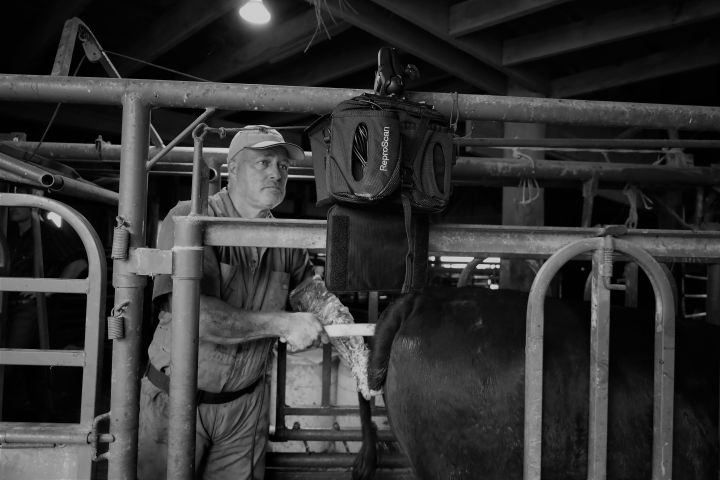
Practitioner Promo Sale!
It is time for our largest sale of the year, just for you! In the month of August, all new ultrasound packages are 10% OFF! Looking for simple, durable, affordable ultrasound equipment? We have multiple different package options tailored to your practices’ needs. From the multi-probe Flexx to the durable Extionsion Arm XTC package, we partner with you to get an ultrasound that works for you. Call today to demo!
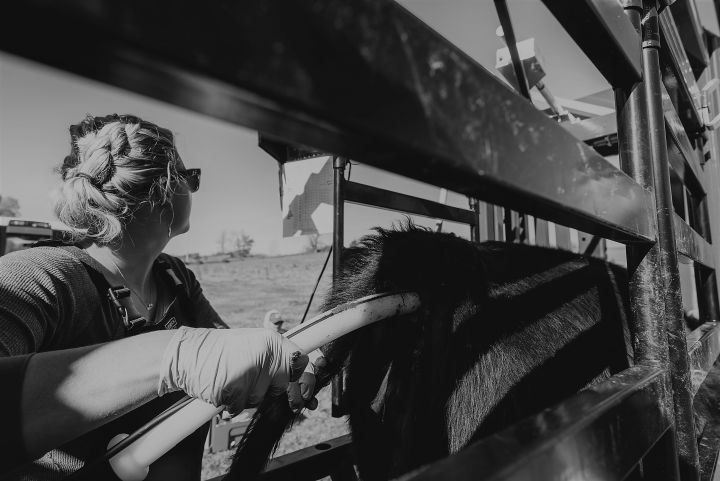
Set-Up for Success!
We want to make sure your day goes as smooth as possible when it comes to running cows through the chute. Thinking about how you set up chute-side can be quite helpful. Check out this video of Elle explaining some of her set-up thoughts.
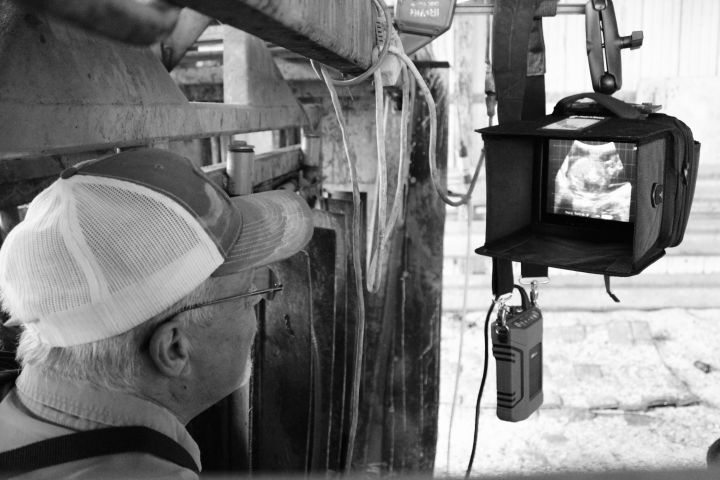
Pregame for Preg Checking Season
Preg-checking season is coming up. You haven’t taken your ultrasound out in a while, and one beautiful fall morning you get called to preg some heifers, only to pull out your ultrasound and remember that a ranch puppy found the probe cord with his teeth last fall, which caused a minor tear, but appears to be causing some issues in terms of image quality. Or your ultrasound battery isn’t holding a charge as long as it once was.
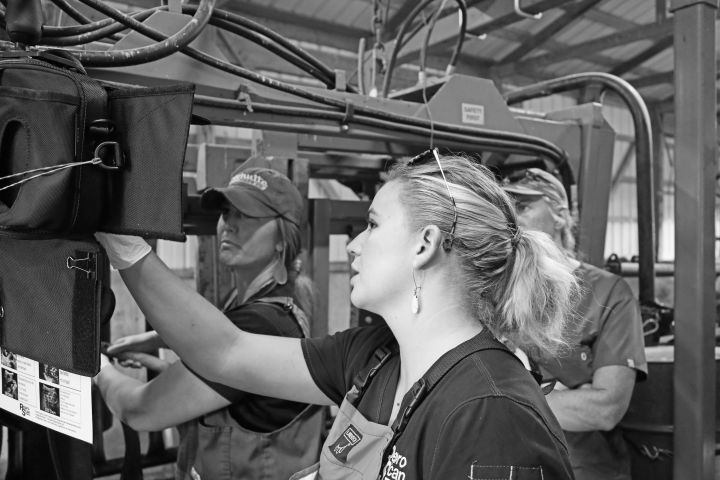
Elle's Corner
WHAT’S IN MY PREG CHECKING BUCKET? As part of setting up for success, I keep everything I might need with me, in one place, for a day of ultrasounding. My preg bucket holds everything from extra j- lube to butterfly clips, and each component has a purpose. Like a carpenter and a toolbox, I wouldn’t want to attempt to do my job without the right tools. This Rolling Tool Box is a great option for hauling everything you might need.
December 2021

Merry Christmas from Elle
Merry Christmas from Elle at ReproScan! Thank you for being our customer—our entire team appreciates your business! I know you have a couple options when choosing an ultrasound, and I appreciate your choosing ReproScan. Our team continually strives to provide you with affordable, durable ultrasounds with the best possible customer service. We cannot promise that we will be perfect, but we will do our best to serve you. A main focus of 2021 was offering practical Bovine Ultrasound Courses and Wet labs.

Fetal Anomalies, Fetal Demise and Failure to Calve
Experienced pregnancy testers know that a percentage of the cows and heifers that are called pregnant, fail to calve. This fact raises the question: what happened to the pregnancies? Let’s discuss a few of the many factors involved in “failure to calve”. 1. The earlier one pregnancy tests, there is increased likelihood that a percentage of the cows with viable embryos or fetuses will fail to calve. This is well documented in dairy herds where pregnancy testing with ultrasound can start as early as day 28 of gestation.
October 2021
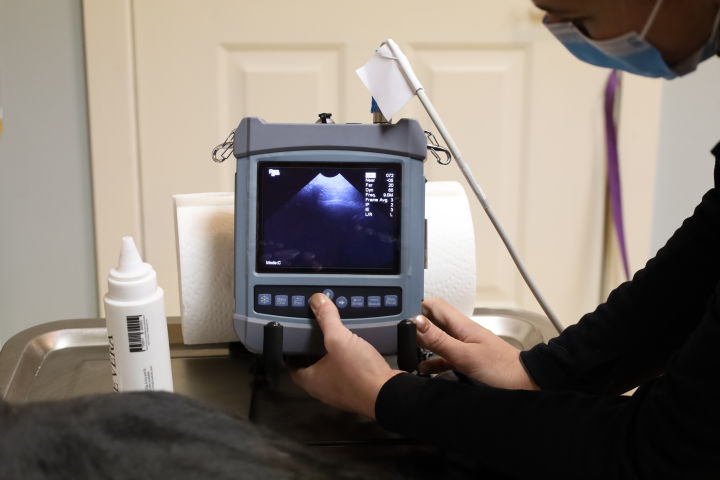
Should I use more than just the power button?
As someone who works for an ultrasound company, I often get asked, “So, how do I use this thing?” Well, there are a couple of different types of people in this world. Those who take the ultrasound out of the box, press power, and never look back. And those who read the emails we send, look at the videos, study the manual and then call with questions. Both are great—it just depends on what you want to do with your ultrasound.
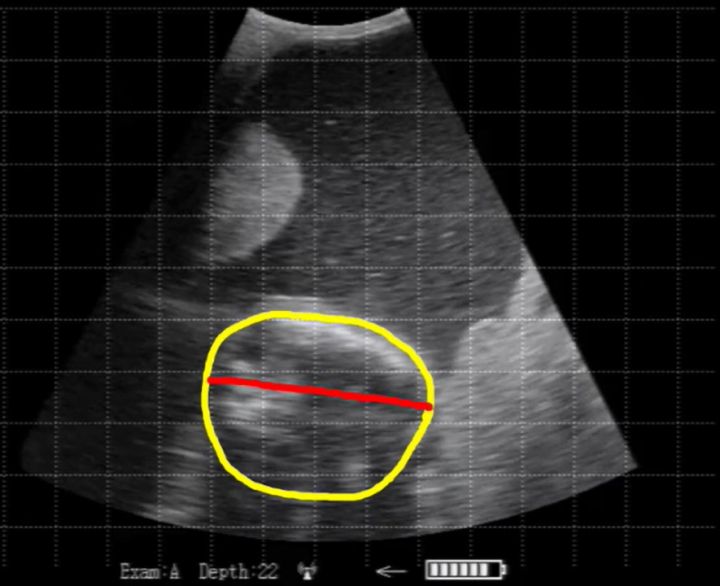
Challenges of Aging
At our training courses, I hear the frustration and the desire to become more accurate at fetal aging constantly. It’s that time of year…time to preg-check and time to hear if your calls last year were accurate. Fetal aging can be a challenge depending on the situation. I did a course with Dr. Jerry Roush (Springmill Vet) a while back. He phrased it beautifully (and my paraphrasing will not do it justice) Successful fetal aging=a little bit of skill and a lot of client education and managing of client expectations.
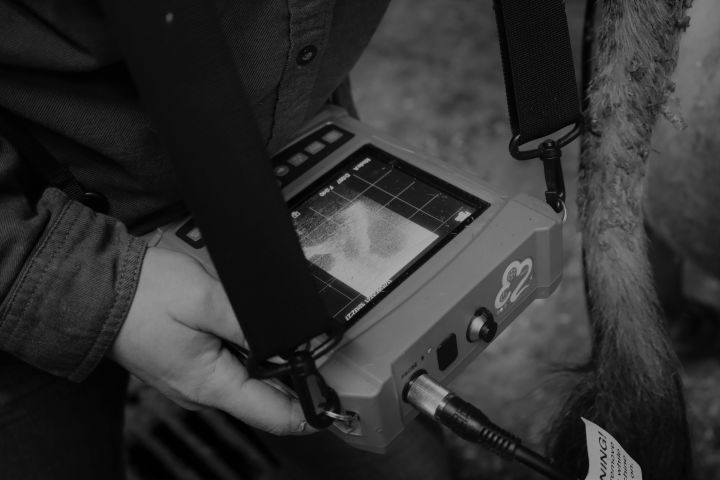
Stop, drop and roll... or drop, stop and send?
Our ultrasounds are very durable. But, sometimes, there are forces outside of your control. How do you know when to send in your machine? There are a couple of key indicators that mean you should get your ultrasound checked out! Stop Drop Roll Lightning Bolts They appear on your image while you are ultrasounding. This is indicative of a greater problem and if dealt with early on, it could be a less expensive repair!
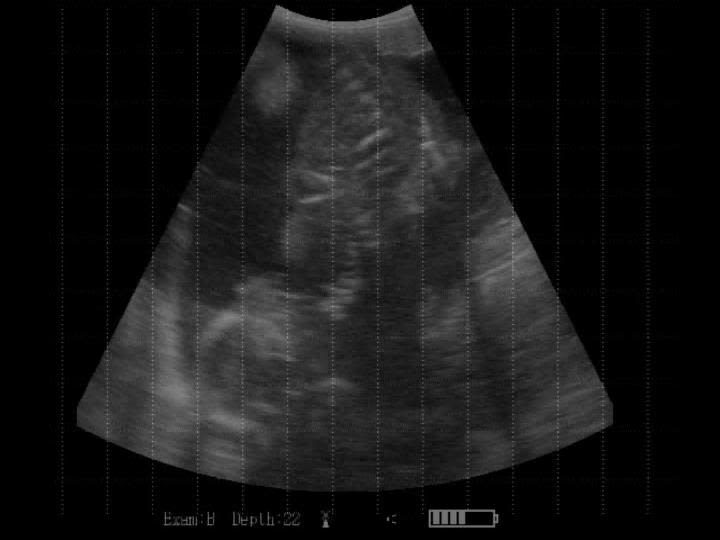
Fetal Aging – Words of caution when using placentomes
Fetal aging is a great service for clients. There are many uses for this information: calving groups, sale barn sorts, a measure of bull performance, etc. Fetal aging heifers in the 35 to 85 days post-breeding window can be very accurate. As pregnancy progresses and cow size increases, there are greater challenges that affect accuracy. In mid-gestation, it is often difficult to visualize the fetus within the ultrasound image. Large frame and older cows add to this challenge.